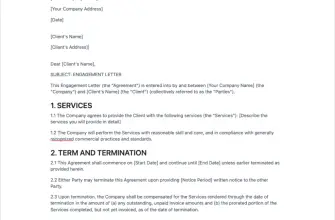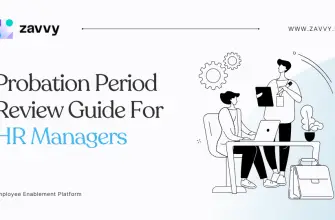Corporate travel is an integral part of many businesses, allowing employees to meet with clients, attend conferences, and engage in other essential activities. However, it also presents a range of compliance risks that can lead to significant legal and financial consequences if not properly managed. Understanding these risks and how to mitigate them is crucial for any employee who travels on behalf of their company. This guide will provide an overview of corporate travel compliance, the potential compliance risks associated with corporate travel, and strategies for mitigating these risks.
Understanding Corporate Travel Compliance
Corporate travel compliance refers to the adherence to company policies, procedures, and guidelines related to business travel. These policies may cover a wide range of areas, including travel booking procedures, expense reporting, health and safety, and legal and regulatory compliance. Ensuring corporate travel compliance is essential for managing costs, protecting employee safety, and avoiding legal issues.
Identifying Compliance Risks in Corporate Travel
There are several potential compliance risks associated with corporate travel. These include:
- Financial risks: These can arise from inaccurate or fraudulent expense reporting, failure to adhere to budget guidelines, or misuse of company funds.
- Legal and regulatory risks: These can result from violations of laws or regulations in the destination country, such as immigration or labor laws, or failure to comply with international trade regulations.
- Health and safety risks: These can occur if employees do not follow company guidelines for safe travel, or if the company fails to provide adequate support and resources for employee safety during travel.
- Reputational risks: These can arise from inappropriate behavior by employees while traveling, which can damage the company’s reputation.
Strategies for Mitigating Compliance Risks
There are several strategies that employees can use to mitigate compliance risks during corporate travel. These include:
Understanding and Following Company Policies
One of the most effective ways to mitigate compliance risks is to thoroughly understand and follow your company’s travel policies. These policies are designed to guide your behavior during travel and help you avoid potential risks. They may cover areas such as booking procedures, expense reporting, health and safety guidelines, and legal and regulatory compliance.
Using Approved Travel Management Tools
Many companies use travel management tools to help manage corporate travel. These tools can help you book travel, track expenses, and manage other aspects of your trip in a way that complies with company policies. Using these tools can help you avoid mistakes and oversights that could lead to compliance issues.
Seeking Guidance When Needed
If you are unsure about any aspect of corporate travel compliance, it’s important to seek guidance. This could be from your manager, your company’s travel manager, or your company’s legal or compliance department. They can provide you with the information and support you need to ensure compliance.
Being Aware of Legal and Regulatory Requirements
When traveling internationally, it’s important to be aware of the legal and regulatory requirements in your destination country. This can include immigration laws, labor laws, and trade regulations. Ignorance of these laws is not a defense, and violations can lead to serious consequences for both you and your company.
Conclusion
Corporate travel compliance is a complex area, but with the right knowledge and strategies, employees can effectively mitigate compliance risks. By understanding and following company policies, using approved travel management tools, seeking guidance when needed, and being aware of legal and regulatory requirements, you can ensure that your corporate travel is both successful and compliant.









